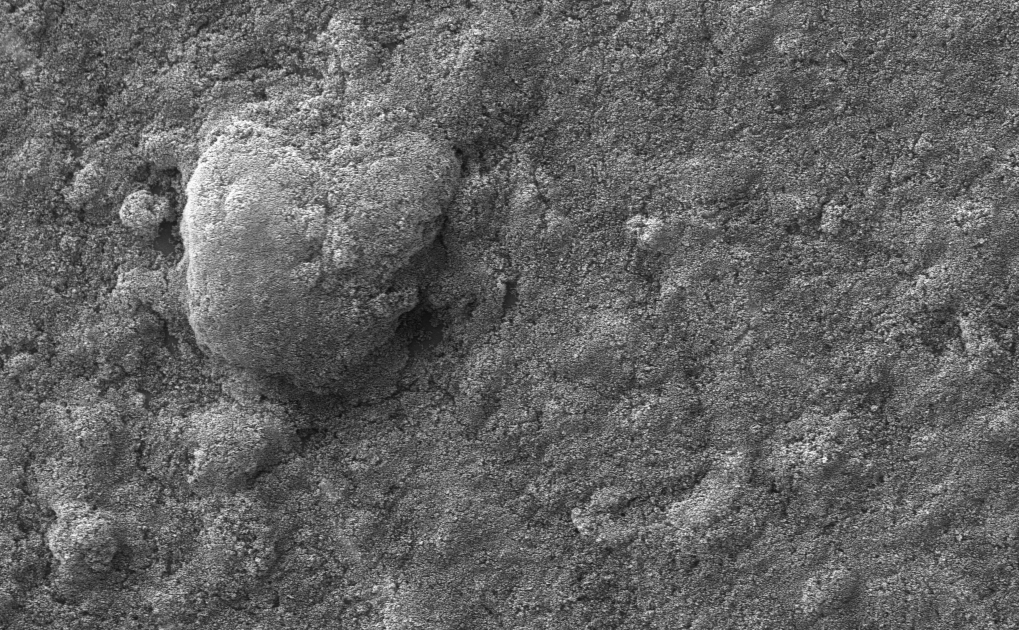In a series of projects, we have investigated superhydrophobic surfaces for one of our clients. The goals were to get a better understanding of superhydrophobic coatings in general and to dig into the details of a particular coating with potential for our client.
This coating, was behaving specially well for the applications needed, but it was not understood why it was especially good. In order to find answers, we made a detailed characterization to learn about its performance. We used a combination of techniques to get as much information as possible from the coatings: contact angle hysteresis, SEM and AFM. The experimental studies were complemented with a critical literature review covering the properties, uses and latest findings of superhydrophobic coatings. Roughly explained, to create a superhydrophobic surface you need to create roughness at two different length scales (for example a nano-structured microstructure) and coat your surface so it becomes hydrophobic at the molecular level, as for example using waxes or other hydrophobic compounds.
In the intended use of the coated surface it will be in contact with a liquid. Thus, the ultimate test needed would be to study the interactions with the surface with such liquid, on a molecular level. Luckily, QCM-D came to our rescue, with this instrument it was possible to test several modified surfaces with real liquid products. These tests gave a deeper insight of the interactions to the superhydrophobic coating and some surprising results.
With these experiments and the literature study, we have helped our client to get a better understanding of superhydrophobic surfaces and help them in their development.


